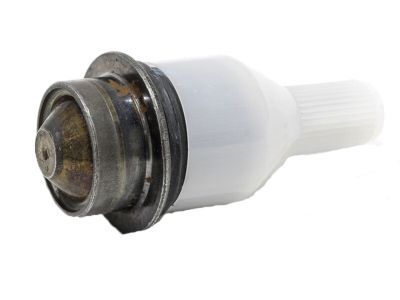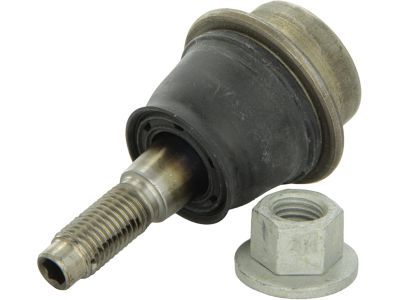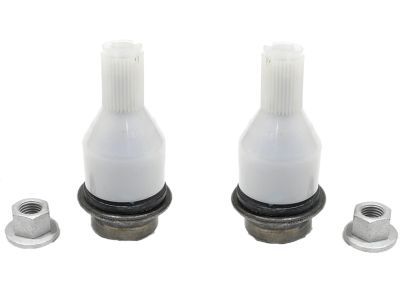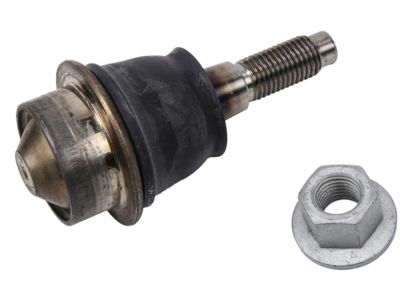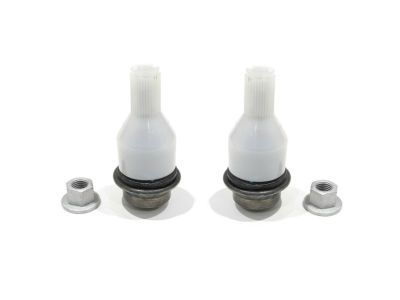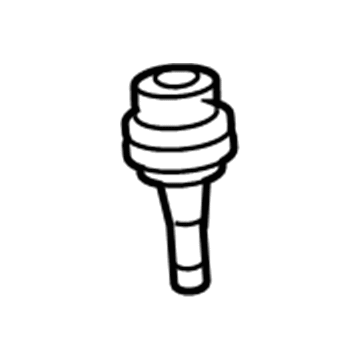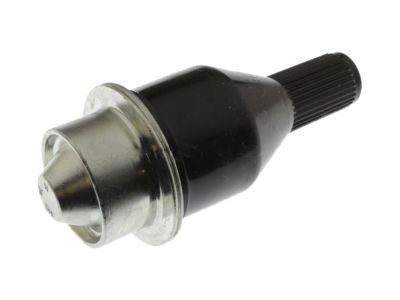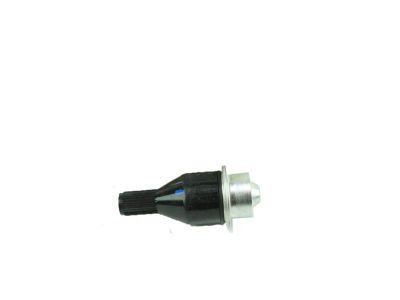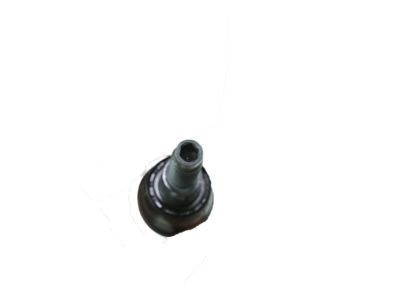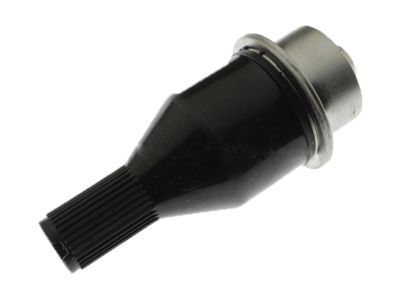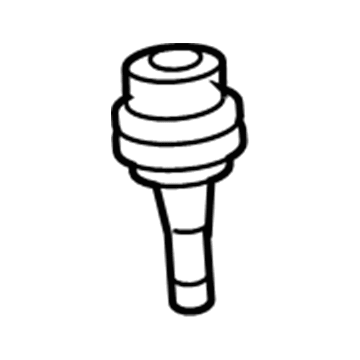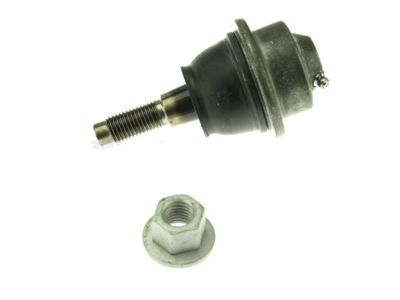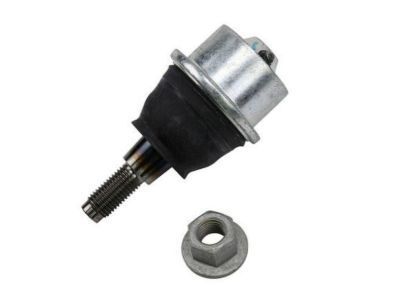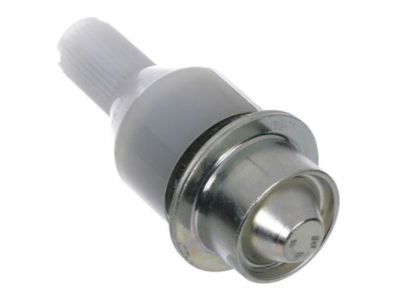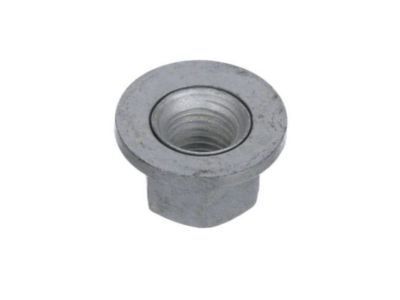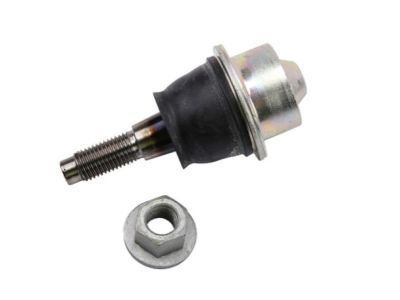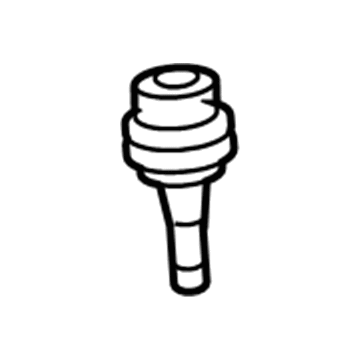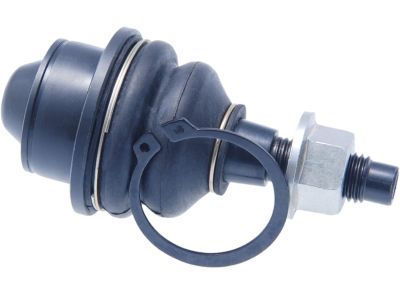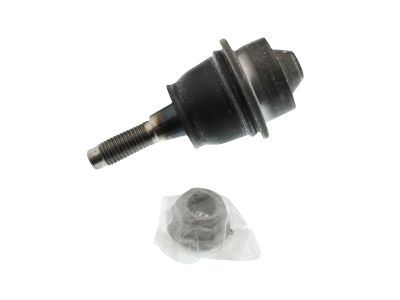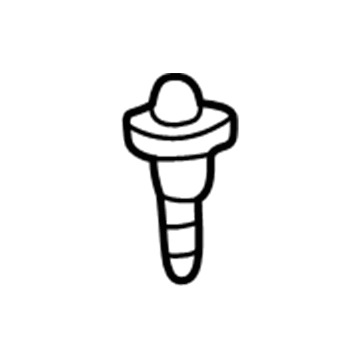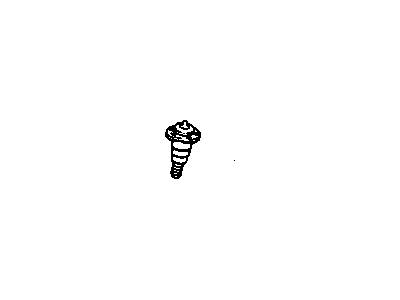
My Garage
My Account
Cart
Genuine Cadillac Escalade Ball Joint
Control Arm Joint- Select Vehicle by Model
- Select Vehicle by VIN
Select Vehicle by Model
orMake
Model
Year
Select Vehicle by VIN
For the most accurate results, select vehicle by your VIN (Vehicle Identification Number).
9 Ball Joints found
Cadillac Escalade Stud Kit,Front Lower Control Arm Ball
Part Number: 19209396$68.24 MSRP: $116.69You Save: $48.45 (42%)Ships in 1-2 Business DaysCadillac Escalade Stud Assembly, Front Lower Control Arm Ball
Part Number: 22855747$44.56 MSRP: $76.20You Save: $31.64 (42%)Cadillac Escalade Stud Kit,Front Lower Control Arm Ball
Part Number: 19207137$75.97 MSRP: $129.88You Save: $53.91 (42%)Ships in 1-2 Business DaysCadillac Escalade Stud Kit,Front Lower Control Arm Ball
Part Number: 19256656$31.27 MSRP: $51.76You Save: $20.49 (40%)Ships in 1-3 Business DaysCadillac Escalade Stud Kit,Front Lower Control Arm Ball
Part Number: 19256481$40.14 MSRP: $66.41You Save: $26.27 (40%)Ships in 1-2 Business DaysCadillac Escalade Stud Kit,Front Lower Control Arm Ball
Part Number: 12475478$103.35 MSRP: $161.18You Save: $57.83 (36%)Ships in 1-2 Business Days
Cadillac Escalade Ball Joint
Cadillac Escalade automobiles are fitted with Ball Joint that plays the role of connecting the suspension control arms and steering knuckles in order to allow for suspension movement and cornering. In this component there is the provision for movement in many planes that increases the manoeuvrability of the vehicle and its stability. While being developed from steel, the Cadillac Escalade Ball Joint has a bearing stud and socket, which are shielded by a boot, similar to a rubber one, its function is to keep any excessive dirt and moisture out while keeping and storing lubricant. Through the years Cadillac Escalade models have incorporated different kinds of Ball Joints such as sealed for life kind that hove a less frequency of maintenance compared to greased Ball join type. Normally, a Ball Joint can last over 70,000 mi before it fails, however, it is not uncommon to experience rattling sound or steering wheel vibration as a sign that it is already time to change it. It may also encourage more vehicle and car crashes if the Ball Joint of the Cadillac Escalade is not in its optimal condition for the road.
Each OEM Cadillac Escalade Ball Joint we offer is competitively priced and comes with the assurance of the manufacturer's warranty for the part. Furthermore, we guarantee the speedy delivery of your orders right to your doorstep. Our hassle-free return policy is also in place for your peace of mind.
Cadillac Escalade Ball Joint Parts Questions & Experts Answers
- Q: How to inspect and replace control arm ball joint on Cadillac Escalade?A:Inspect the Control Arm balljoints for looseness whenever either is separated from the Steering Knuckle by attempting to turn the ballstud in its socket with your fingers; if loose or turnable, replace the balljoint. The balljoint removal/installation tool can be rented at most parts stores, or you can remove the control arm and take it to an automotive machine shop for replacement. To check upper balljoints, raise the front of the vehicle and support it securely on jackstands under the frame rails, then place a floor jack under the lower control arm and raise it slightly. Attach a dial indicator to the upper suspension arm with the plunger touching the steering knuckle in line with the axle, and carefully pry between the two components while observing the dial indicator for movement; there should be no more than 0.079-inch deflection, and if exceeded, replace the upper arm. For upper balljoint replacement, the entire upper control arm must be replaced as the upper balljoint is not available separately. For lower balljoint checks, raise the front of the vehicle and support it securely on jackstands, then place a floor jack under the lower control arm and raise it slightly. Attach a dial indicator to the lower control arm with the plunger against the steering knuckle in line with the axle, and carefully pry between the two components while observing the dial indicator; again, there should be no more than 0.079-inch deflection, and if exceeded, replace the balljoint. For off-vehicle replacement, remove the lower control arm, use a hammer and punch to knock the peened tabs inward before pressing the balljoint out, then press the new balljoint into the control arm, ensuring the press adapter only applies force to the flange of the balljoint, and crimp or stake it in place. The installation is the reverse of removal, and have the front end alignment checked and adjusted if necessary. For on-vehicle replacement on 4WD models, remove the driveaxle from the steering knuckle, separate the balljoint from the steering knuckle, lower the control arm enough for the balljoint removal tool to fit, and follow the procedure for using the removal tool. Press the old balljoint out and the new one in, ensuring proper force application, then crimp or stake it in place, with the remainder of the installation being the reverse of removal, followed by checking and adjusting the front end alignment if necessary.
